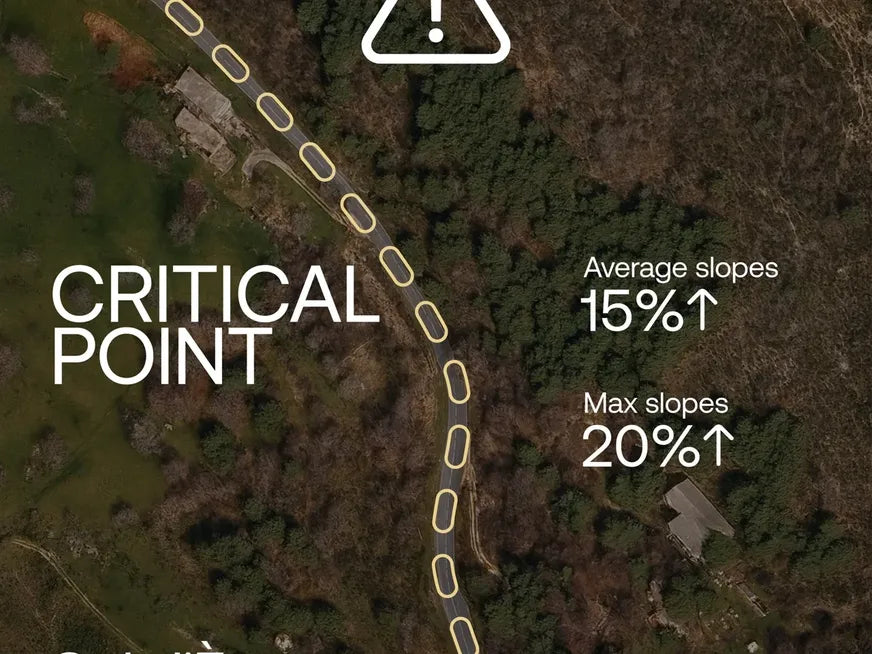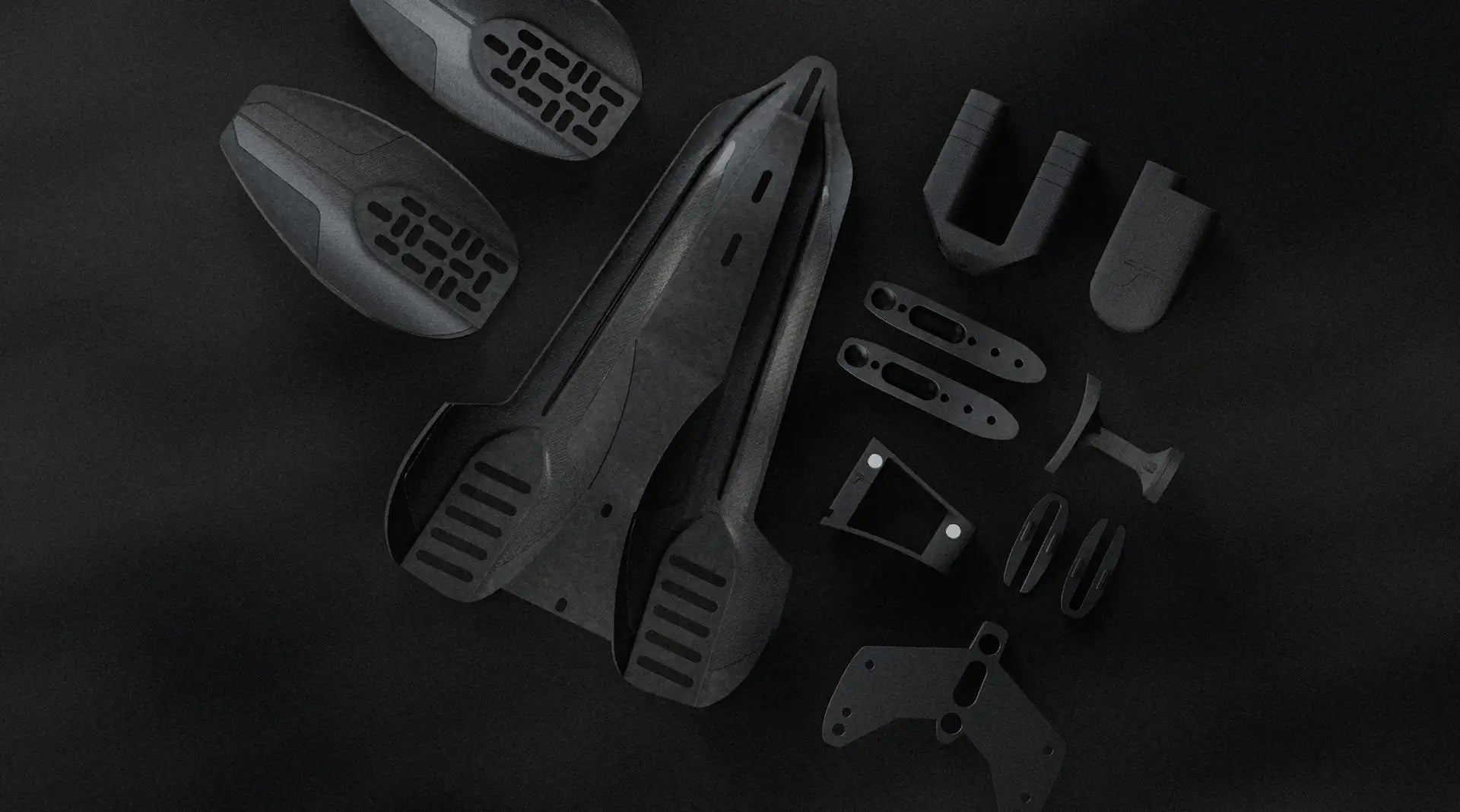Mastering Col d’Eze: The Critical Climb of Ironman Nice 2025


How to bank ~50 seconds on the first long ascent without adding watts—by dialing your aero and pacing where it matters.
TL;DR — 11 km at 5% + Masamune aero adjustment = –50 s without increasing power.
The Col d’Eze around km 25 is the first long climb of the Ironman Nice 2025 bike course. You arrive “fresh” but flooded with adrenaline. Spend glycogen too early here and you’ll pay it back with interest on the Promenade des Anglais marathon. This guide shows you how to combine aero efficiency and smart pacing to leave the summit ahead—without burning matches.
| Metric | Value (2025) |
|---|---|
| Distance | 11.0 km |
| Average gradient | 5.1% (max ~8%) |
| Elevation gain | ~495 m |
| Altitude | ~50 → ~510 m |
| Typical wind | W–NW 8–12 km·h⁻¹ (crosswind sections) |
A single poor pacing decision here can translate into minutes lost during the marathon. Expect noticeable crosswind around km 6–7. Aero stability rules, and—on this climb—your cockpit is king.
Grab it here: Masamune Assembly & Setup
| Step | Action | Gain |
|---|---|---|
| 1 | Lower stack by 5 mm just before the D6204 / “La Turbie” sign. | ~–2 W drag |
| 2 | Close the outside wrist by 5° in crosswind. | Improved lateral stability |
| 3 | Set elbow angle to 92° → roughly –0.004 CdA. | ~–3–4 W @ 14 km·h⁻¹ |
| 4 | Tighten cockpit bolts to 6 Nm. | Safety under gusts |
| 5 | Power plan: 95% FTP for the first 4 km → then 90% FTP to the crest. | Protects glycogen for the marathon |
Field data: outdoor tests (power meter + differential pressure sensor, Jan 2025) confirmed average savings of ~24 W at 45 km·h⁻¹ and ~4 W at 14 km·h⁻¹. On Col d’Eze, that aggregates to about ~50 seconds “free” at the summit, strictly from aero optimization plus steadier handling.
Gear note: If you’re using the Masamune cockpit, these micro-changes are quick and repeatable. If not, consider the Masamune Aero Lite—it’s designed for fast stack micro-adjustments and stable forearm support in crosswinds.
Assumptions: 75 kg rider, CdA 0.23, Masamune cockpit, dry roads.
| Goal | Climb Power | Indicative W·kg⁻¹ | Result |
|---|---|---|---|
| Sub-10 h | 290–300 W | ~3.9–4.0 W/kg | +1–2 min buffer at the crest |
| 10–11 h | 250–260 W | ~3.3–3.5 W/kg | Avoid spikes; protect glycogen |
| 11–12 h | 220–230 W | ~2.9–3.1 W/kg | Save legs for Col de Vence & the run |
Keep cadence in your preferred aerobic band and avoid >105% FTP surges when overtaking. Your only “green light” for brief spikes is exiting hairpins or when you must bridge to legally draft distance (12 m rules still apply).
GoPro + IMU tests (Feb 2025): this combo reduced fore-aft oscillation by approximately 10% in gusts, which translates into steadier power and fewer aero losses.
Be part of the TetsuoPerformance Strava Club: strava.com/clubs/tetsuoperformance
| Weekly Challenge (AUG–SEP) | How to Join | Prize |
|---|---|---|
| Col d’Eze Split Hunt | Tag your activity #ColDEzePower. Our club bot extracts your best time on the official segment. Top-10 consistent efforts (Δ ≤ 5%) enter Monday’s raffle. |
1 Masamune foam kit weekly |
| Aero-Stack Photo Friday | Post your cockpit photo with stack in mm. Most 👍 in 24 h gets featured on @tetsuo_tri. | Tetsuo merch |
Community target: 300 active members before 1 SEP + steady UGC for Reels.

GETTING YOU FASTER
Configure your Masamune